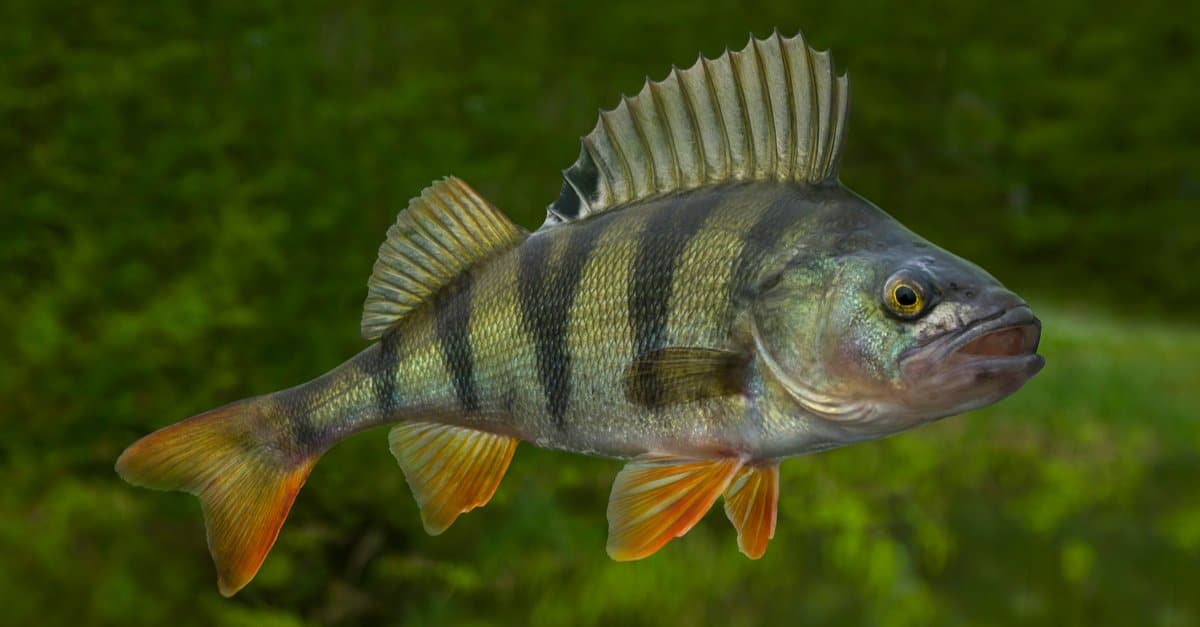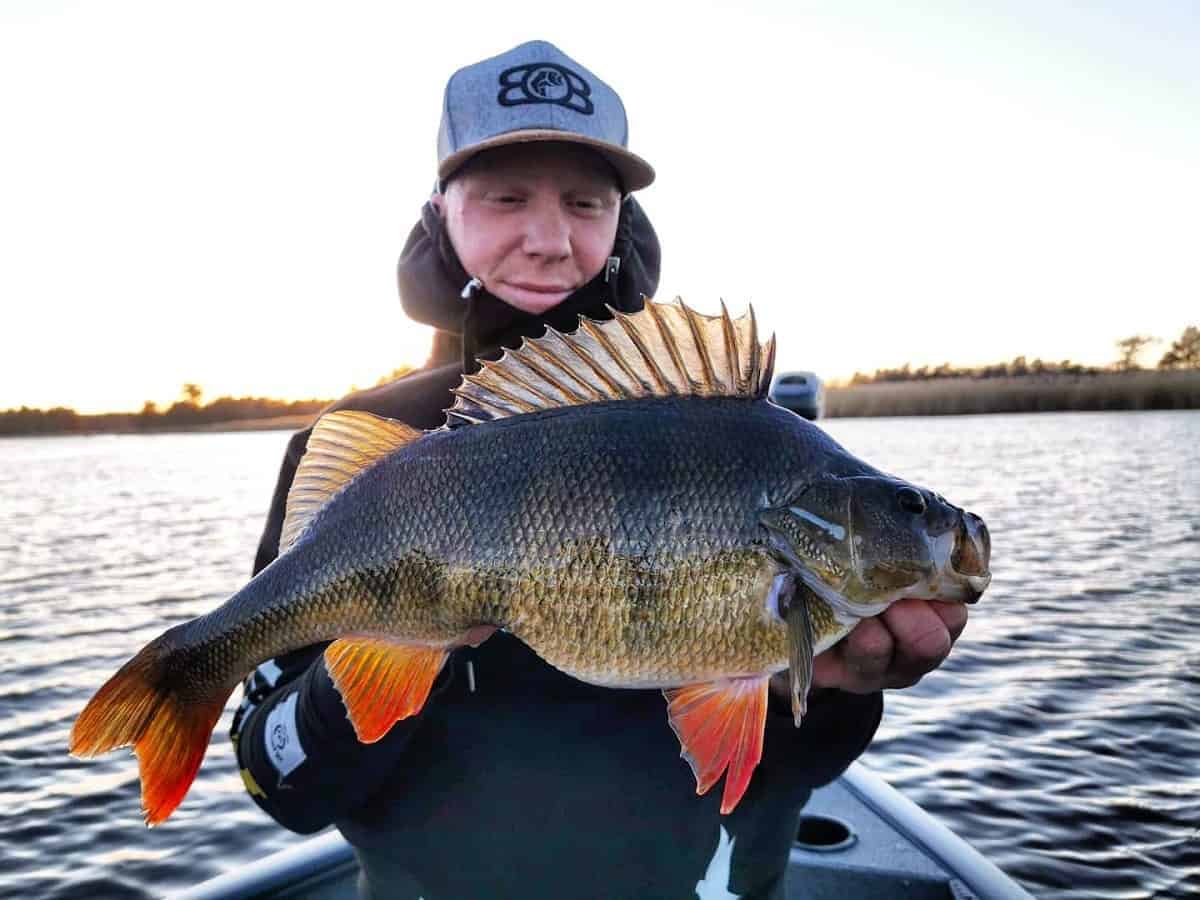Definition and Types of Perch

Perch definition – In the realm of aquatic life, the term “perch” holds a multifaceted significance, encompassing a diverse array of fish species. From the sleek and agile perch that graces freshwater habitats to the majestic perch of the deep sea, each variety bears unique characteristics that set it apart.
A perch, a fish of the family Percidae, is often found in freshwater habitats. In contrast, a “floater” refers to something that floats or remains suspended in a fluid. While perches are typically associated with their underwater existence, the term “floater” encompasses a broader range of objects and concepts, from a floater meaning in poker to a type of fishing bobber.
Despite their differences, both perches and floaters share a common connection to the aquatic realm, albeit in distinct ways.
Scientific Classification and Types, Perch definition
The scientific classification of perch falls under the family Percidae, which comprises approximately 200 species. These species are further divided into numerous genera, including the following:
- Perca: This genus encompasses the European perch, a widely distributed freshwater species known for its distinctive yellow-green coloration and vertical stripes.
- Sander: The walleye and yellow perch belong to this genus, inhabiting freshwater environments and prized for their culinary value.
- Stizostedion: This genus includes the sauger and the zander, both of which are highly sought-after game fish due to their aggressive behavior and impressive size.
- Gymnocephalus: The ruffe, a small freshwater species native to Eurasia, is classified under this genus.
- Zingel: This genus encompasses several species of freshwater perch found in European rivers and lakes, including the Zingel streber and the Zingel asper.
Each genus and species of perch exhibits unique morphological and behavioral traits, contributing to the remarkable diversity within the family.
In the realm of ichthyology, the term “perch” often refers to a diverse group of fish characterized by their spiny dorsal fins and formidable predatory instincts. However, when seeking a “sole meaning” for the word “perch,” we venture into a more nuanced realm.
The sole meaning of “perch” in this context alludes to the singular act of resting or settling on a surface, akin to the perch of a bird or the perch of a climber on a mountaintop.
Distinguishing Characteristics
Perch species share certain distinguishing characteristics that differentiate them from other fish species. These include:
- Dorsal Fin: Perch typically possess two dorsal fins, with the first being spiny and the second soft and rayed.
- Anal Fin: Perch have a single anal fin located behind the dorsal fins.
- Scales: Perch are covered in ctenoid scales, which have a rough, comb-like edge.
- Lateral Line: A lateral line runs along the side of the fish, aiding in detecting vibrations and pressure changes in the water.
- Predatory Behavior: Most perch species are carnivorous, actively hunting smaller fish, invertebrates, and crustaceans.
These distinguishing characteristics serve as valuable tools for identifying perch species in their diverse habitats.
In the realm of aquatic wonders, the perch reigns supreme, a master of the depths. Its agile form and keen eyesight make it a formidable predator, much like the lightning-fast pike that soars through the basketball court. Yet, as the perch gracefully darts through the water, its instincts guide it back to its perch, a safe haven amidst the watery expanse.
Habitat and Distribution of Perch: Perch Definition
Perch are versatile fish that inhabit a wide range of aquatic environments. They are predominantly found in freshwater habitats, including lakes, rivers, ponds, and reservoirs. Perch prefer clear, well-oxygenated waters with abundant vegetation, which provides shelter and foraging opportunities.
In terms of depth, perch are known to occupy various levels of the water column. They can be found in shallow areas near the surface, especially during the summer months when insects and other food sources are plentiful. However, they may also venture into deeper waters, particularly during winter or when seeking shelter from predators.
Geographical Distribution
Perch species have a widespread distribution across the globe, with notable populations in North America, Europe, and Asia. In North America, yellow perch (Perca flavescens) are commonly found in the Great Lakes region and other freshwater bodies in the northern United States and Canada. European perch (Perca fluviatilis) are abundant in rivers and lakes throughout Europe, while Asian perch (Perca schrenkii) inhabit freshwater systems in eastern Asia, including China, Korea, and Japan.
Factors Influencing Distribution and Population Dynamics
Several factors influence the distribution and population dynamics of perch. Water quality, including temperature, pH, and oxygen levels, plays a crucial role in determining their habitat preferences. Perch are known to be sensitive to pollution and habitat degradation, which can impact their growth, reproduction, and survival.
Additionally, the presence of predators and competitors can affect perch populations. Large predatory fish, such as pike and bass, may prey on perch, while other fish species, like bluegill and pumpkinseed, can compete for food and resources.
Perch as a Food Source and Fishing Techniques

Perch, with their delicate flavor and versatility in culinary preparations, have long been a prized food source across cultures. Their popularity extends from Europe, where they are commonly featured in traditional dishes, to North America, where they are enjoyed as a delicacy.
Culinary Significance
- In European cuisine, perch is often prepared by pan-frying, baking, or grilling. It is commonly served with lemon wedges, herbs, and butter.
- In North America, perch is often battered and deep-fried, creating a crispy exterior that complements the tender, flaky flesh.
- Perch is also used in soups, stews, and casseroles, adding a delicate flavor and texture to these hearty dishes.
Fishing Techniques
Perch are relatively easy to catch, making them a popular target for recreational anglers. Common fishing techniques include:
- Bait Fishing: Live bait, such as minnows or worms, is a highly effective method for catching perch. The bait is typically attached to a hook and cast into the water.
- Lure Fishing: Artificial lures, such as spinners or jigs, can also be used to catch perch. These lures are designed to mimic the appearance and movement of small fish or insects, attracting perch to strike.
- Trolling: Trolling involves dragging a baited hook or lure behind a moving boat. This technique is often used to cover large areas of water and locate schools of perch.
Conservation Measures
To ensure sustainable perch populations, various conservation measures are in place, including:
- Size and Catch Limits: Many fisheries have regulations that specify the minimum size of perch that can be kept and the maximum number of perch that can be caught per day.
- Closed Seasons: During certain times of the year, such as during spawning season, fishing for perch may be prohibited to protect vulnerable populations.
- Habitat Protection: Conservation efforts also focus on protecting perch habitats, such as wetlands and shallow waters, which are essential for spawning and feeding.
Perch, a fish that swims swiftly in the vastness of the ocean, mirrors the agile movements of a basketball player executing a floater, a shot that floats gracefully towards the hoop. This technique, akin to a dancer’s pirouette, requires finesse and precision, mirroring the perch’s effortless navigation through the water’s embrace.
As the floater finds its mark, the perch’s graceful presence reminds us of the harmony between nature’s fluidity and the artistry of human sport.
In the vast ocean of aquatic life, the perch stands out as a fish that inhabits both freshwater and saltwater environments. It is known for its ability to hover effortlessly in the water column, a technique that is akin to the floater move in basketball, where a player gently lifts the ball towards the basket while maintaining control.